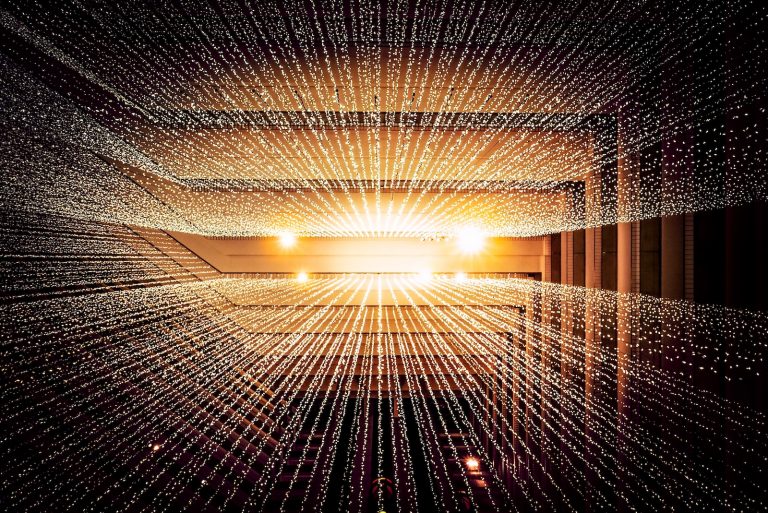The digital security landscape has pretty much evolved from the regular username and password systems given the challenges that come with it. Having a safe online presence now depends on having extra security layers and this is exactly what Next-generation multifactor authentication (Next-Gen MFA for short) does.
Using Next-Gen MFA is gaining widespread acceptance as many companies and businesses across industries are quickly implementing this security measure. In the past, the traditional authentication system that involved usernames and passwords has led to the loss of financial resources and sensitive info.
In this piece, you’ll discover what Next-Gen MFA is and its key components.
Story Stages
What Is Next-Gen MFA & What Does It Mean For The Cybersecurity Industry
Next-Gen multi-factor authentication takes a different approach to the digital security process. There are typically 3 security steps it takes to verify users before granting them access to an account, info, or a resource.
The first step involves the regular username and password system, the second step is OTP (one-time password) codes/emails and the third is the biometric system which involves fingerprint scanning and facial recognition.
This makes the security system more secure and lessens the risk of breaches and cyber thefts. Microsoft even reports that 99.9% of cyberattacks can be prevented with the multifactor authentication security system.
That tells you how effective it is. However, it’s important to note that MFA authentication is a security system that covers employees in organizations and customers of online businesses.
Here are their differences.
MFA Authentication for Employees
In this regard, MFA authentication covers VPNs, emails, and even third-party apps used in organizations. This is done to ensure cybercriminals don’t see a weak section in organizations to attack and gain unauthorized access.
MFA authentication is usually uniform throughout an organization’s systems and network. This ensures easy management and enhanced security.
MFA Authentication for Customers
In this regard, Next-Gen MFA authentication is used to protect customers who use an organization’s services and products. For instance, e-commerce platforms like Amazon, Jumia, Konga, and the like send OTPs to the customers’ phone numbers when checking out or paying.
Next-Gen MFA authentication is quite essential for the digital safety of online businesses and for individuals who patronize these businesses.
Key Components of Next-Gen MFA
The key components of Next-Gen MFA are 5 security processes. These components are the factors that determine whether the security verifications are successful or not. They include:
Knowledge
Knowledge refers to a PIN or password that only the user knows. Typically, it comes first in the identity verification process and it’s quite common.
Possession
The success of this authentication process is dependent on what the user owns such as an ATM card, a SIM card, and the like. This means a hacker won’t be able to gain unauthorized access to a user’s account without having one of such possessions. This extra security layer strengthens the security system.
Biological Traits (What You Are)
This is also an extra security layer that makes the digital space even safer. Next-Gen MFA uses the unique biological traits of users like fingerprints, facial recognition, and the like for verification. This makes it especially difficult for cybercriminals to gain authorized access to the accounts of users.
Location
Next-Gen MFA authentication also involves the location from which the user requests access to an account, info, or data. Some companies use this security system, ensuring employees can only access sensitive info only when they are in the company.
This lessens the risk of any form of unauthorized access or breach.
Time
Many companies and organizations ensure you can only interact with specific sensitive data and information within work hours. Once work hours are over, employees are denied access. This is also an ideal security measure that helps lessen the risk of cyberattacks.
Behavior
Next-Gen MFA authentication also analyzes the behavior of users to ensure there are no fraudulent activities carried out by cybercriminals.
For instance, if a withdrawal request happens on an account and it comes from Kansas, U.S., and in the next 10 to 20 minutes another withdrawal request comes from France, MFA authentication systems will deny that request because it’s a suspicious behavior cybercriminals use to withdraw money from users’ accounts.
5 Ways To Manage Next-Gen MFA Authentication
- While setting up an MFA authentication security system in your company or organization, ensure the configurations are flexible.
- Have a quick recovery plan in case users lose their pins and forget passwords.
- Ensure your security system is quite compatible with the Next-gen authentication system.
- Integrate the MFA authentication systems with other security tools to ensure a stronger security system.
Conclusion
Next-Gen MFA authentication is currently the ideal form of staying safe in the digital space. If you’re still using the regular password system, you’re vulnerable to cyberattacks and the sooner you begin implementing this effective security measure the better for you.
